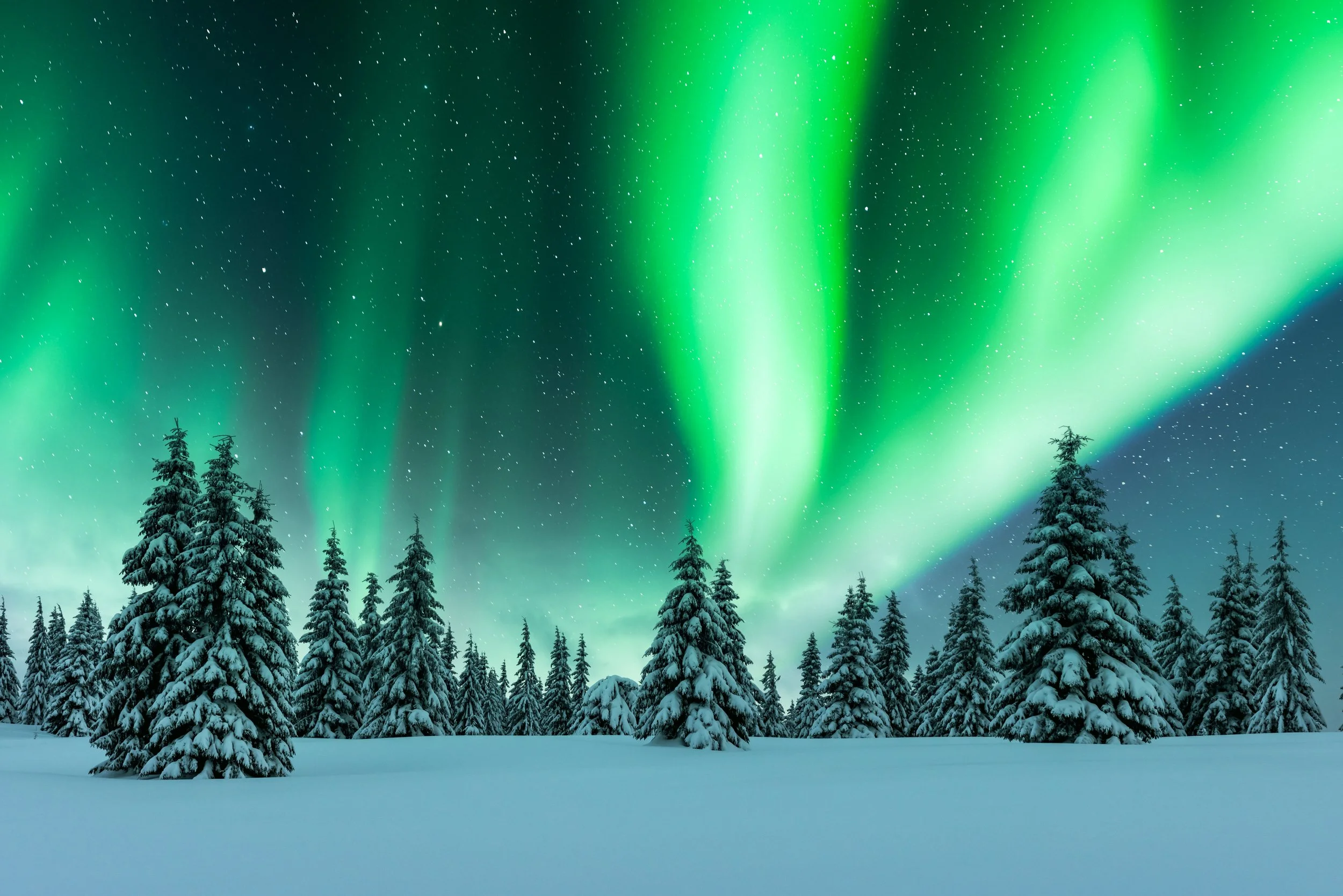Chasing the Aurora Borealis: See the Next Northern Lights from Colorado
The Northern Lights, or Aurora Borealis, is a natural phenomenon that has captivated humanity for millennia. This dazzling display of lights, which paints the sky in shades of green, pink, red, yellow, and blue, is primarily seen near the polar regions. However, under certain conditions, this mesmerizing spectacle can be visible much farther south, even as far as Colorado. If you're in Colorado and wondering when you might have the chance to witness this awe-inspiring event, read on for a detailed exploration of the factors that influence the appearance of the Northern Lights and the likelihood of seeing them from Colorado.
Understanding the Northern Lights
The Northern Lights occur when charged particles from the sun, known as solar wind, interact with Earth's magnetosphere. These particles collide with gases in the Earth's atmosphere, such as oxygen and nitrogen, causing them to emit light. The colors of the aurora depend on the type of gas and the altitude of the interaction: oxygen at high altitudes (above 150 miles) produces red, while at lower altitudes (up to 150 miles) it yields green. Nitrogen, on the other hand, produces blue or purple auroras.
Factors Influencing Aurora Visibility
1. Solar Activity: The intensity and frequency of the Northern Lights are directly linked to solar activity. The sun goes through an 11-year solar cycle, consisting of solar maximums and minimums. During a solar maximum, the sun is more active, with more sunspots and solar flares, increasing the chances of strong auroras.
2. Geomagnetic Latitude: The Earth's magnetic field directs the charged particles toward the polar regions, which is why the Northern Lights are more common and intense near the poles. Colorado, located at a geomagnetic latitude that typically doesn’t favor frequent aurora sightings, requires stronger solar storms for the auroras to be visible.
3. Geomagnetic Storms: These are disturbances in Earth's magnetosphere caused by solar wind. The stronger the storm, the further south the auroras can be seen. Geomagnetic storms are classified by the Kp index, which ranges from 0 to 9. A Kp index of 5 or higher is considered a geomagnetic storm, and a Kp index of 7 or more is usually required for the auroras to be visible as far south as Colorado.
4. Weather Conditions: Clear, dark skies are essential for viewing the Northern Lights. Light pollution and cloud cover can significantly diminish the visibility of auroras. Thus, rural areas with minimal light pollution and a clear forecast offer the best chances for spotting the auroras.
Historical Aurora Sightings in Colorado
While rare, there have been notable instances of the Northern Lights being visible from Colorado. For example, in 2003, during a period of high solar activity known as the Halloween
Solar Storms, the auroras were seen as far south as Texas and Florida, including impressive displays in Colorado. More recently, in September 2017, another significant solar storm allowed residents in parts of Colorado to witness the Northern Lights.
When to Expect the Next Northern Lights
Given the sun's 11-year cycle, we are currently approaching the solar maximum expected around 2025. During this period, solar activity will increase, leading to more frequent and intense geomagnetic storms. This uptick in solar activity will enhance the likelihood of auroras being visible in lower latitudes, including Colorado.
Monitoring Solar Activity
To maximize your chances of witnessing the Northern Lights from Colorado, staying informed about solar and geomagnetic activity is crucial. Here are some resources and strategies:
1. Space Weather Prediction Center (SWPC): Operated by NOAA, the SWPC provides real-time data and forecasts on solar and geomagnetic activity. Their Aurora 30-minute forecast map shows the current auroral oval and its intensity.
2. Aurora Alerts: Several websites and mobile apps offer real-time alerts for aurora activity. These services notify users when conditions are favorable for aurora sightings based on their location.
3. Kp Index Forecasts: Regularly check the Kp index forecast. As mentioned earlier, a Kp index of 7 or higher increases the chances of auroras being visible in Colorado.
Planning Your Aurora Hunt
When a significant geomagnetic storm is forecasted, and the Kp index is high, it's time to plan your aurora hunt. Here are some tips to improve your viewing experience:
1. Location: Choose a location with minimal light pollution. In Colorado, the mountains offer several ideal spots, such as Rocky Mountain National Park, the San Juan Mountains, and the Great Sand Dunes National Park.
2. Timing: Auroras are best viewed between 10 PM and 2 AM. Plan to be at your chosen location during these hours and be prepared to stay up late.
3. Equipment: While the Northern Lights can be seen with the naked eye, having a good camera with a tripod can help capture the phenomenon more vividly. Use long exposure settings to capture the full brilliance of the lights.
4. Comfort: Colorado nights, especially in the mountains, can be cold. Dress warmly and bring supplies like blankets, hot drinks, and snacks to stay comfortable while you wait.
Experiencing the Northern Lights
Seeing the Northern Lights is a profound and memorable experience. When the conditions align and the sky comes alive with vibrant colors, it’s easy to understand why people travel from all over the world to witness this spectacle. In Colorado, the rarity of such an event only adds to its allure.
This information has been compiled and provided by Fireplace and Grill Experts, Inc. Fireplace and Grill Experts, Inc is a family-owned business located in Aurora, Colorado. They specialize in fireplace, installation, service and repair and have been servicing the Denver Metro and surrounding areas for over 30 years. Please feel free to contact them with any questions or to schedule a free estimate 303-887-4727.

